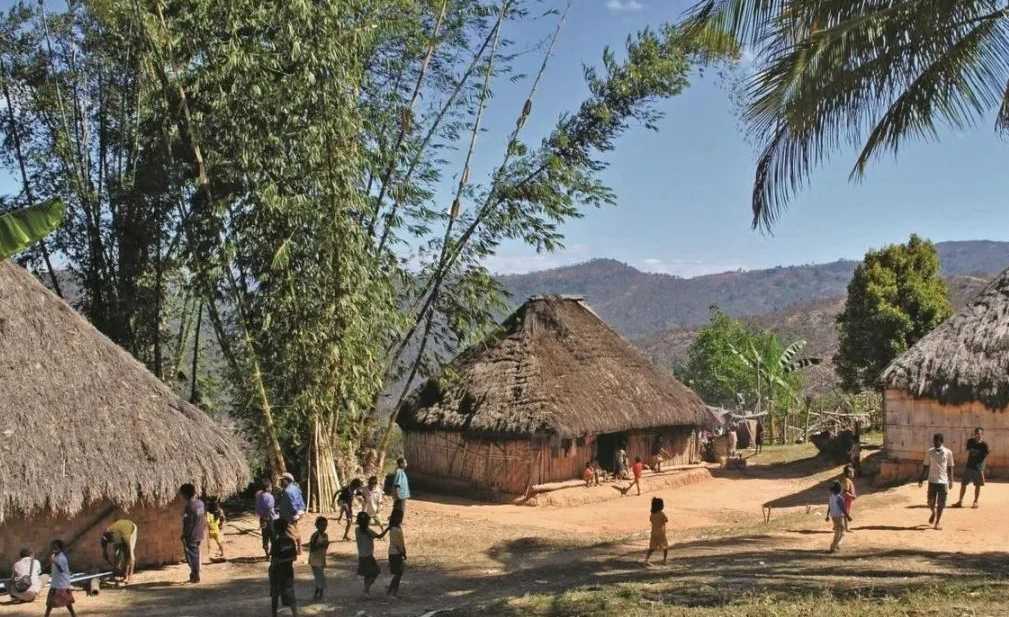Afghanistan tops the list, with a GDP per capita of just $422 in 2024. Despite $1 trillion in mineral resources, decades of war—from Soviet occupation to Taliban rule—have left its economy in ruins. Over 90% of its people live on less than $2 a day, relying on aid to survive. Yemen, too, suffers profoundly: torn by civil war between government forces, Houthi rebels, and extremists, its GDP per capita is $486, with 80% of its 30 million people in extreme poverty, scavenging for food.
Syria, once a middle-income nation, now has a GDP per capita of $654 after years of war. Its infrastructure—ports, farms, and hospitals—lies in ruins, displacing millions. Myanmar, rich in jade and gems, sees GDP per capita at $1,200, crippled by ethnic conflicts and corrupt resource control, leaving 70% unemployed.
South and Central Asia tell similar tales. Pakistan, with 240 million people, has 25% living below the poverty line, surviving on under $100 monthly. Tajikistan and Kyrgyzstan depend on remittances (over 30% of GDP) from workers in Russia, as their economies stall amid corruption and political instability. Rural poverty here exceeds 40%, with winters bringing unaffordable heating costs. East Timor, reliant on foreign-controlled oil revenues, has a GDP per capita of $1,700, 70% unemployment, and no highways or railways.
These nations share common curses: conflict, weak governance, and external exploitation. Without stability, investment, and fair resource access, breaking free from poverty remains a distant dream, leaving millions trapped in hopelessness.








